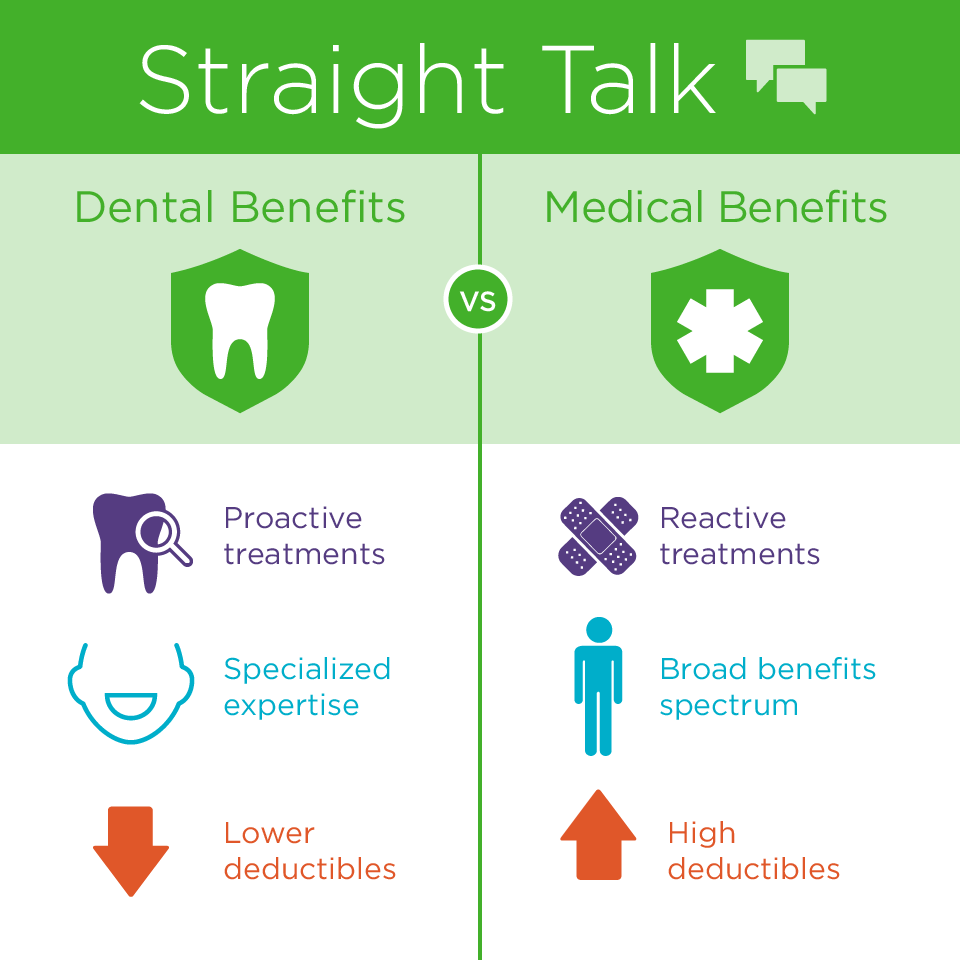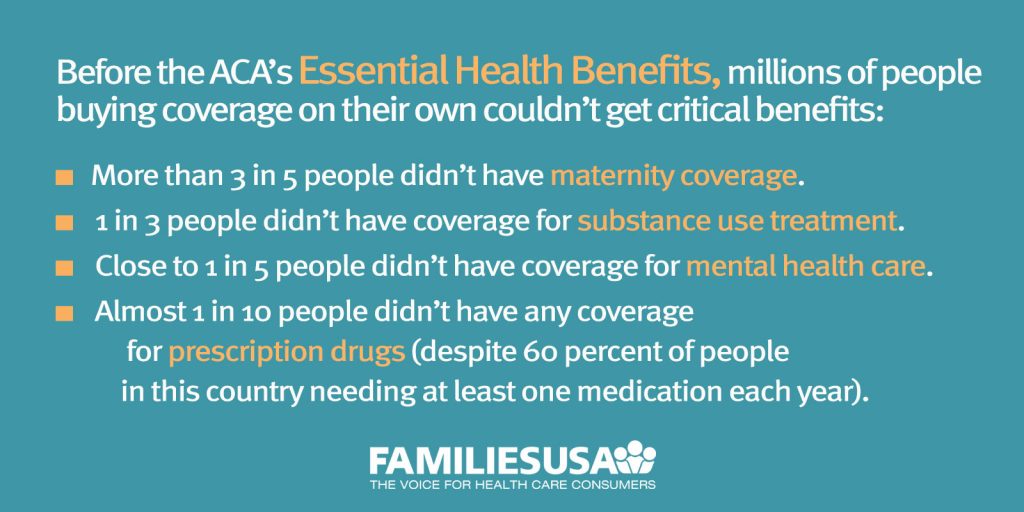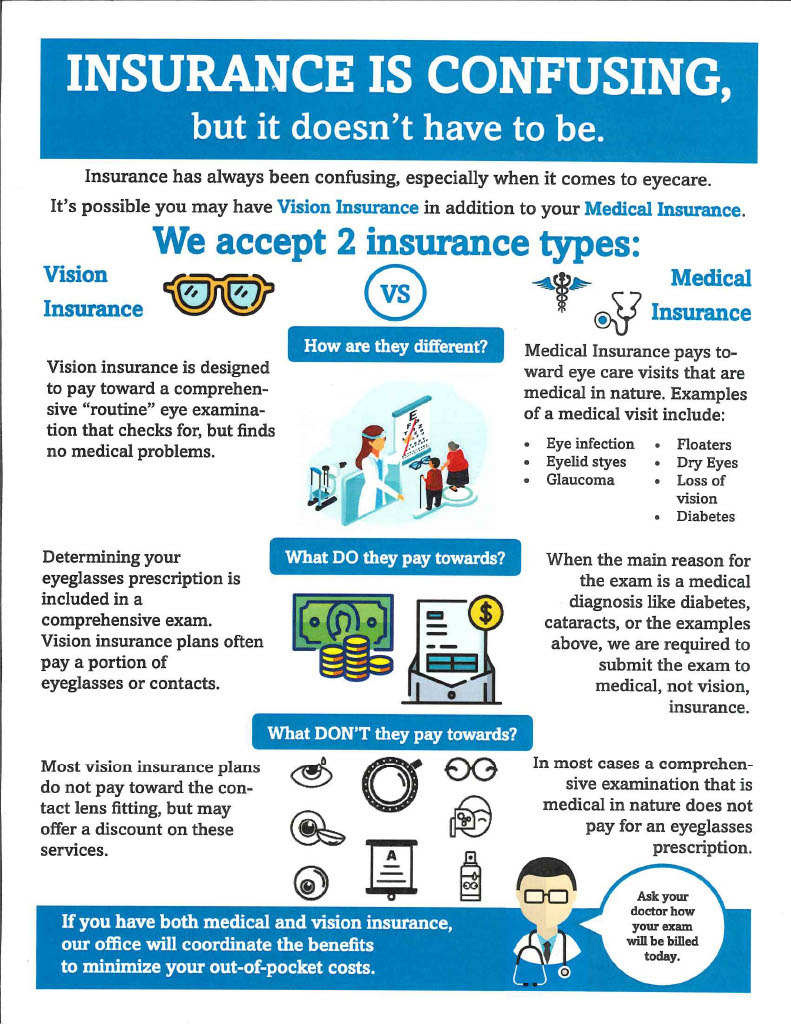An Unbiased View of Medicare Advantage Agent
Table of ContentsSome Known Factual Statements About Medicare Advantage Agent How Medicare Advantage Agent can Save You Time, Stress, and Money.Indicators on Medicare Advantage Agent You Should Know

follows from perplexing the fairly young age account of the uninsured with the much better health and wellness, usually, of more youthful individuals. This covers the link in between health and wellness standing and medical insurance. For those without access to work environment wellness insurance, poor wellness is a possible obstacle to buying nongroup coverage because such coverage may be extremely valued, leave out preexisting conditions, or be just not available. The variety of without insurance Americans is not particularly large and has not altered recently. 7 out of ten participants in a nationally depictive survey assumed that less Americans lacked medical insurance than actually do(Fronstin, 1998). Roughly fifty percent(47 percent )thought that the number of individuals without medical insurance lowered or remained constant over the last half of the last decade(Blendon et al., 1999). This drop of almost 2 million in the number of people 'without insurance coverage (a decrease
of about 4 percent)is absolutely a positive modification. With a softer economic situation in 2000 the most recent reported gains in insurance coverage may not proceed(Fronstin, 2001 ). The decline in the number of without insurance will certainly not continue if the economy continues to be slow-moving and healthcare prices proceed to outmatch inflation. This is because the information were collected for a duration of solid financial efficiency. Of the approximated 42 million people that were without insurance, almost about 420,000(regarding 1 percent)were under 65 years of age, the age at which most Americans come to be qualified for Medicare; 32 million were grownups in between ages 18 and 65, about 19 percent of all adults in this age team; and 10 million were youngsters under 18 years old, about 13.9 percent of all youngsters (Mills, 2000). These quotes of the number of individuals uninsured are generated from the yearly March Supplement to the Present Population Study (CPS), performed by the Census Bureau. Unless or else kept in mind, nationwide quotes of individuals without medical insurance and percentages of the populace with different sort of protection are based on the CPS, one of the most extensively utilized resource of price quotes of insurance protection and uninsurance prices. These surveys and the price quotes they produce are described briefly in Table B. 1 in Appendix B - Medicare Advantage Agent. These surveys differ in dimension and tasting techniques, the concerns that are inquired about insurance policy
The Ultimate Guide To Medicare Advantage Agent
coverage, and the moment period over which insurance protection or uninsurance is measured(Lewis et al., 1998, Fronstin, 2000a ). Still, the CPS is specifically helpful because it creates yearly quotes fairly promptly, reporting the previous year's insurance policy protection approximates each September, and since it is the basis for a consistent collection of price quotes for even more than two decades, permitting evaluation of trends in insurance coverage with time.

The smart Trick of Medicare Advantage Agent That Nobody is Discussing
Over a three-year duration starting early in 1993, 72 million people, 29 percent of the united state population, were without coverage for a minimum of one month. Within a solitary year(1994), 53 million individuals experienced a minimum of a month without coverage(Bennefield, 1998a). 6 out of every ten uninsured grownups are themselves utilized. Functioning does improve the chance that one and one's family members will have insurance, it is not an assurance. Even participants of households with two permanent wage earners have virtually a one-in-ten opportunity of being uninsured (9.1 percent without insurance price)(Hoffman and Pohl, i was reading this 2000 ). The partnership between wellness insurance coverage and access to care is well developed, as documented later in this phase. The connection in between health and wellness insurance and health results is neither direct nor basic, a considerable scientific and wellness solutions study literature links health insurance policy coverage
to improved access informative post accessibility care, better far betterTop quality and improved personal and population populace wellnessStanding The 2nd report, on individual wellness results for uninsured grownups, is stood for by the innermost circle of the number, while the 3rd record, on family members wellness, includes the subjects of the second record yet stresses a various unit of analysis, namely, the family. The 6th record in the series will present details regarding approaches and initiatives undertaken in your area, statewide, or nationally to address the absence of insurance policy and its damaging effects. Levels of evaluation for checking out the results of uninsurance. This discussion of wellness insurance policy coverage concentrates mostly on the U.S. population under age 65 because basically all Americans 65 and older have Medicare or other public coverage.
Additionally, it concentrates especially on those with no wellness insurance for any type of size of time. The troubles encountered by the underinsured remain in some areas comparable to those encountered by the uninsured, although they are normally much less extreme. Uninsurance and underinsurance, nonetheless, entail definitely different policy problems, and the techniques for addressing them may differ. Throughout this research study and the five reports to adhere to, the main emphasis is on persons without any health and wellness insurance coverage and thus no support in paying for healthcare past what is readily available via charity and safeguard institutions. Medical insurance is a powerful element affecting invoice of treatment due to the fact that both people and doctors respond to the out-of-pocket cost of services. Health insurance policy, however, is neither necessary neither adequate to get to clinical services. The independent and straight effect of wellness
insurance insurance policy on access to health health and wellness is well establishedDeveloped Others will obtain the healthcare they need even without medical insurance, by paying for it out of pocket or seeking it from service providers who use treatment complimentary or at very subsidized rates. For still others, health insurance coverage alone does not make certain invoice of treatment due to other nonfinancial obstacles, such as an absence of health care providers in their area, minimal accessibility to transport, illiteracy, or etymological and cultural differences. Formal research concerning without insurance populaces in the USA dates to the late 1920s and early 1930s when the Board on the Cost of Healthcare produced a series of reports regarding financing doctor why not find out more office sees and hospital stays. This issue ended up being salient as the varieties of medically indigent climbed up during the Great Anxiety. Empirical researches continually support the link in between accessibility to care and improved health and wellness end results(Bindman et al., 1995; Starfield, 1995 ). Having a regular source of care can be taken into consideration a forecaster of access, as opposed to a direct action of it, when health outcomes are themselves utilized as gain access to signs. This extension of the concept of accessibility dimension was made by the IOM Board on Keeping Track Of Access to Personal Health Care Provider(Millman, 1993, p. Whether moms and dads are guaranteed shows up to affect whether their kids obtain care in addition to just how much careeven if the youngsters themselves have insurance coverage(Hanson, 1998). The wellness of moms and dads can impact their capacity to care for their youngsters and the degree of family stress and anxiety. Fretting about their youngsters's accessibility to care is itself a resource of anxiety for moms and dads. Three chapters follow in this report. Phase 2 gives an overview of just how employment-based medical insurance, public programs and private insurance plan run and connect to give substantial however incomplete coverage of the united state populace. This includes a testimonial of historic patterns and public policies impacting both public and exclusive insurance coverage, a conversation of the interactions among the various kinds of insurance, and an exam of why people relocate from one program to one more or wind up
